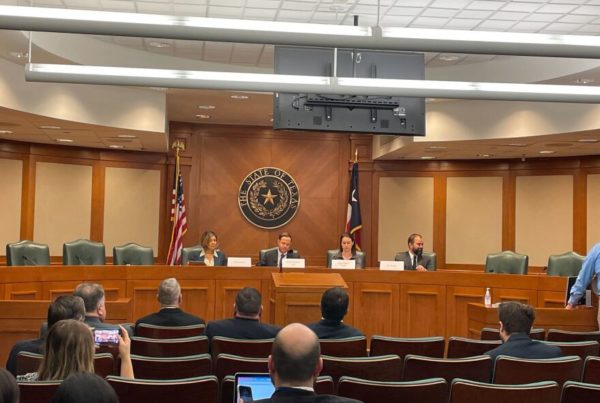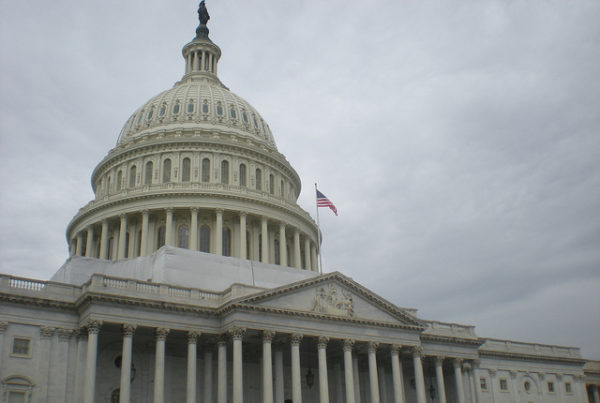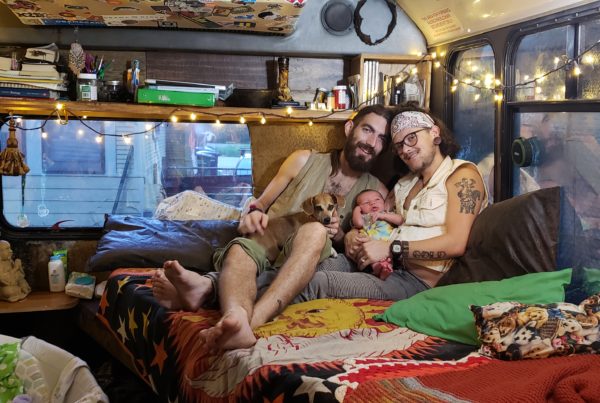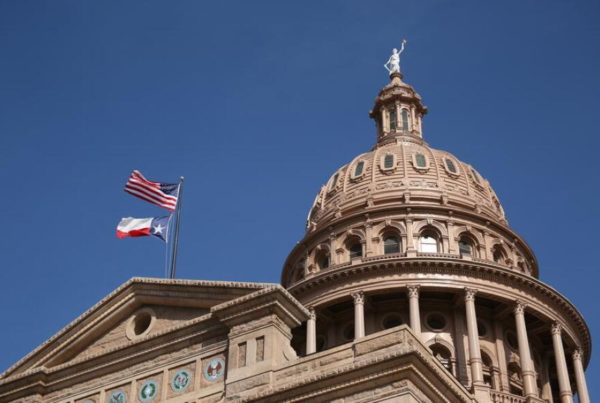Access to high-quality, affordable child care in the state of Texas is becoming scarcer, according to new data from Children at Risk, a nonprofit dedicated to research into child poverty and inequity in Texas. The group says there are far fewer child care providers versus the demand for child care in the state, creating child care deserts across Texas – and these deserts are particularly affecting low-income families and families with working parents.
Bob Sanborn, president and CEO of Children at Risk, spoke with Texas Standard about the new data and what it means for Texans. Listen to the interview above or read the transcript below.
This transcript has been edited lightly for clarity:
Texas Standard: I think as long as certainly this I can remember, parents have complained and experienced firsthand the difficulty in finding high-quality, affordable child care. What has changed, as you see it?
Bob Sanborn: You’re right; it’s always been difficult – more importantly, it’s always been difficult to find high-quality early education. And that’s especially true for low-income families and kids growing up in low-income families. And so the pandemic comes along, and what you found is a lot of child care centers, about 20% in the state of Texas, went under. Moreover, those that are serving low-income families, we’re talking close to 70% of those shut down.
And so what we have is people coming back into the workforce and looking for childcare and not finding it. And then when we understand that this quality early education is really sort of a linchpin in making sure that we end the cycle of poverty, right – getting people to work and getting those kids good education – we’re running up against something that’s going to be a substantial obstacle to economic success for Texas.
Are there particular parts of the state where these child care deserts are more prominent than elsewhere?
There’s the usual suspects in terms of areas in each city that where you’ve seen high poverty. But I think since the pandemic, we’re seeing it affect a lot of areas. So we’re seeing these deserts in many, many ZIP codes across the state. Some cities have done a little bit better job – El Paso has done a little bit better job; the Brownsville area has done okay. But then some other areas – Dallas and Houston and San Antonio, the big metro areas in Texas – there’s just this dire need for quality childcare. And what we’re finding is that is just not happening.
And what we’re asking is for the state to begin to recognize that this is a big deal. The state has always felt that child care is important. There is a time, maybe 20 years ago, when people said it was babysitting, but I think there’s just so much research showing that this is so important to the success – academic success and then work-life success later on – for children that we need to spend more. Texas has recognized that, but they’re going to need to figure out a better system for making sure that we’re opening up more high-quality child care centers in our state.
It’s one thing to commit the money. It’s another thing to have it go to the right places and have a kind of structure in place for child care services, early education to thrive. Is there that sort of infrastructure in place, or is that something that needs to be separately addressed by lawmakers?
That’s an excellent question. There’s a thing called Texas Rising Star in the state of Texas, and it’s run out of the Texas Workforce Commission. And basically that’s a way of grading the quality of early education centers across the state. And what we’re asking is that we sort of put a bigger commitment into this quality effort on the part of the state. It’s a good system, and it’s the way that we use federal subsidies. And so, yes, if we commit more money, we have a system in the state of Texas to make this work, and we’re going to have to make this work.
I think what’s not happening right now is collaboration as much between school districts and private child care providers. There’s room in our state for a lot more collaboration to make this work. And we’re going to have to figure it out, because families need to be successful. And if we want to keep this economy going, we’re going to have to make sure that people who want to go to work have the way to put their kids into childcare and that those kids get a quality child care as well.
When you say put the money in, how much money are you talking about?
The state gets half a billion dollars from the federal government focused on early education. The state doesn’t do any matching of that. I think when you look at this idea that 4 in 10 low-income children in Texas live in a child care desert, we’re talking a lot of money in terms of making sure that we’re bringing these child care centers up to speed and we’re getting these families the child care that they need.
I don’t have an exact figure today on what that is, but I think that we’re going to have to say we are ready to make an investment in our children, in our economic future, and make sure that kids and families are not living in these child care deserts. They want to work; let’s make sure that we’re putting their kids in a good place.

















